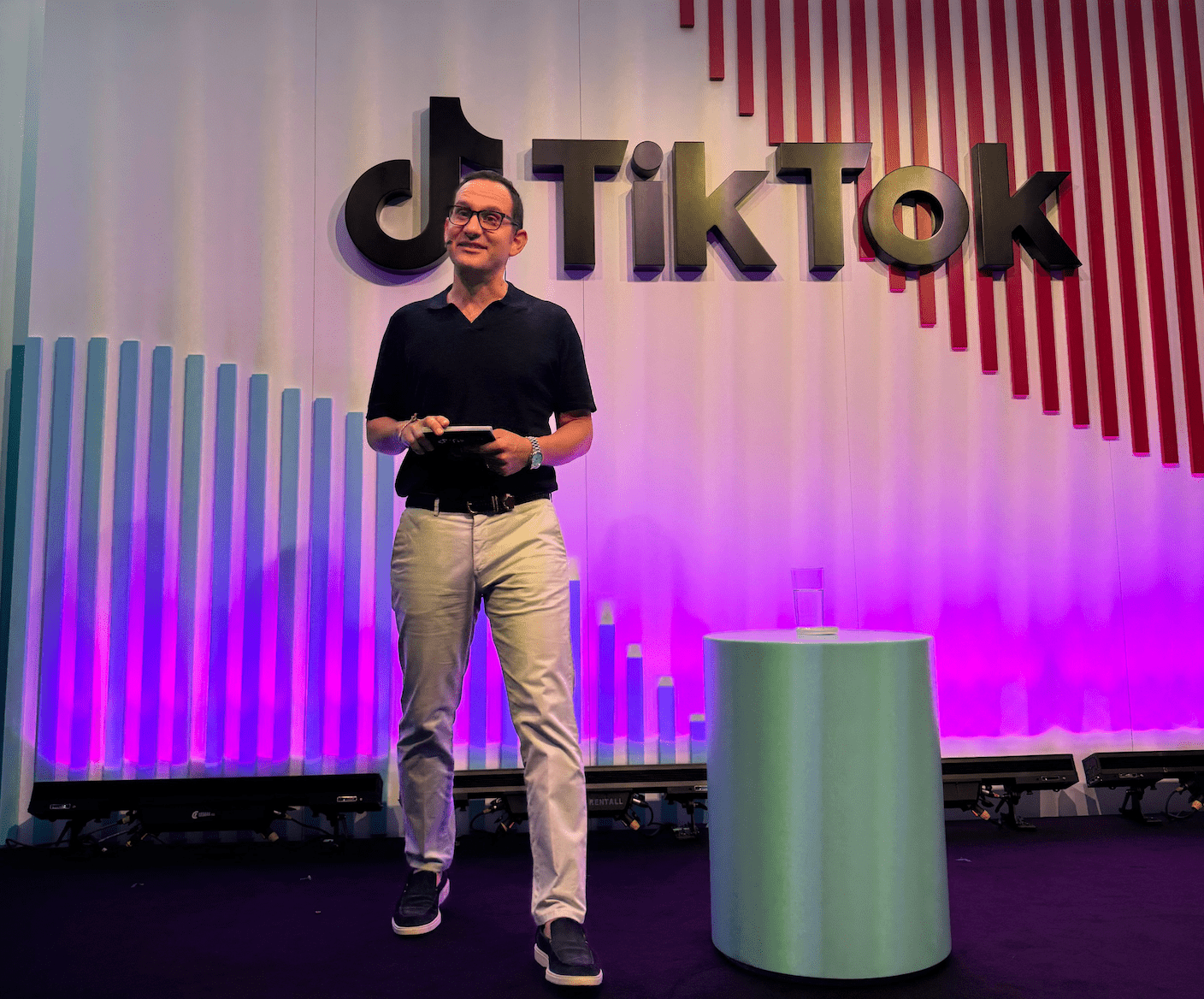
Most career marketers would have heard some version of the line “culture eats strategy for breakfast” at least once, if not several times. But what if culture is the strategy when seeking business growth? Shant Oknayan, vice president, global business solutions, TikTok put this question to the audience at the recently concluded Cannes Lions Festival. He added, “Often considered a soft power, culture can punch above its weight and become incredibly effective.”
Why culture should become strategy
Oknayan had several examples of the benefits of tapping into the wellspring of culture. For instance, Nike supported Colin Kaepernick taking a knee as part of the Black Lives Matter movement. Oknayan said, “That gesture enabled Nike to reinforce its affinity with key audiences.”
What is true of brands is also true of economies. In the late 90s, the Korean government made a conscious decision to double down on its culture and position it as an export — via TV programming, bands, and films. Oknayan said, “Today, K-wave represents an over a $13 billion export for the Korean economy [1].”
These examples clearly demonstrate how brands and even countries can tap into macro moments of culture to drive equity.
Why brands should leverage culture
Leveraging culture as a strategy is particularly important for brands. It helps resolve the biggest challenge in marketing: securing customer loyalty and moving up the value chain. Citing Maslow’s hierarchy of needs, Oknayan believed that most brands operate in the tactical, transactional, and functional space of basic benefits. He argued, “There is intense competition at the bottom of that pyramid and low barriers to entry. Brand equity, love, and a sustainable advantage are very hard to establish.”
But by tapping into culture, brands can break out of this space and move from being a necessity to an object of desire. Brands who manage this transition are less affected by price elasticity and the forces of supply and demand. Oknayan said, “Driven by the fear of missing out, consumers seek brands that have tapped into culture, rather than being targeted by them.”
How brands can make the most of the cultural zeitgeist
However, becoming part of culture has traditionally been an inexact science. Many of the great examples from the past are the result of luck or happy coincidences. But today, thanks to platforms like TikTok, it is far easier for brands of all shapes and sizes to associate with cultural movements as an intentional and deliberate strategy.
Oknayan said, “TikTok is effectively where culture is created and consumed and represents the world’s zeitgeist. Today, we see millions of different passions and trends, which can be considered micro cultural moments, across a wildly diverse set of communities and sub-communities.”
Having TikTok as the zeitgeist makes culture as a strategy even more accessible for both micro and macro moments. TikTok not only helps enable the transition to culture as strategy but with its suite of tools, makes it easier for brands to navigate this shifting landscape.
Oknayan said, “How can brands understand what culture is being consumed on the platform? How can they create for the zeitgeist and even build their own cultural moments? And lastly, what is the intersection of culture and commerce as we think about business outcomes for brands? Consumption, creativity, and commerce are the three Cs of culture.
Letting brands connect where and when culture is consumed on TikTok
A brand must embed itself in environments where the culture that is most relevant to its consumer base is being consumed. A big part of the consumption of culture are trends that make up its ebb and flow. Trends on TikTok are varied, with some having more longevity than others. Brands can discover cultural moments on TikTok — whether it be inspiration that helps springboard ideas or trends that brands can follow and capitalise on.
To give it context and actionability, tools like TikTok Creative Centre allow brands to track and assess all the latest trends by market level, by business vertical, or even the latest ear worms for any given audience on the platform.
Helping brands create culture on TikTok
TikTok has made it easier for brands to create their own cultural moments: for instance, forging partnerships with creators on the platform or with creative shops and boutiques. The TikTok One platform enables easy access to all these services. Oknayan said, “Simply filter for relevant creators to the communities you want to engage with, send them a brief, and get back ideas that you can decide to contract directly and deploy.”
TikTok’s Pulse is a tool that allows brands to show up at the epicentre of culture on the platform — adjacent to the top 4% of content. With the launch of Pulse Custom Lineups, brands now have more choice than before and can define their own epicentres of culture. Pulse Custom Lineups allows brands to customise the themes that they would like to be adjacent to. The recommendation system does the rest; it is a text-to-placement model that helps brands create culture on the next level. For instance, a retail brand about to launch a New York-themed campaign could have its ads run adjacent to only the most popular content around the city.
Finally, the recently launched TikTok Symphony, a suite of creative solutions powered by generative AI makes the creation of content on the platform easier than ever before. Irrespective of their size, brands and their creative partners now have access to a suite of tools that helps across idea generation, fixing and optimising images and videos to be campaign ready; offering diagnostic and enhancement suggestions on video assets; and even creating hard to ignore call to action display cards.
Speaking about Symphony to Campaign, Oknayan said, “With our suite of generative AI solutions, we are now making creativity more possible, entering us into an imagination economy. We are no longer limited by our ability to create content but only by our imagination. We are excited to introduce to the market TikTok Symphony, a suite of generative AI tools where everything from writing a script to producing a video and optimising creative assets is effortless and efficient — fuelling business success with content that resonates. In short, if you can imagine it, you can create it with Symphony.”
Several of these products will be rolled out through the course of the year.
Leveraging culture to boost commerce on TikTok
The rise of shoppertainment and the focus on frictionless commerce have resulted in TikTok evolving into a retail destination. However, to fully realise the potential of content-led commerce, there is an increasing need for improvements in both quality and quantity of creative assets. Oknayan said, “It is no longer about a static ‘buy now’ ad. How do you engage with your audiences in a delightful way that then drives them down the funnel?”
In the lower funnel, success depends on volume and variety of creative assets which can be a resource challenge. TikTok intends stripping away the friction while increasing efficiency. A business with a sale listing on Amazon, Shopify or TikTok Shop can simply enter the link, select the duration of the communication, and the backend produces several relevant advertising assets within minutes.
The road ahead for culture as strategy
Oknayan concluded, “Let’s make culture an intentional strategy by leveraging the tools that TikTok has deployed: whether it’s looking at trends and insights on the TikTok Creative Centre; building videos using Symphony; or leveraging TikTok One to find your favourite creative partners.” TikTok can thus help brands win in the journey from ‘add to heart’ to ‘add to cart’ powered by technology and AI.
For brands, a lot of the guesswork and hard work has been taken out of the equation with the content, tools, and a relevant audience all within their grasp. The result is sure to be work that has a deep meaningful connection with culture.
[1] Culture ministry aims to make S. Korea global cultural power
This article first appeared in Campaign Asia









